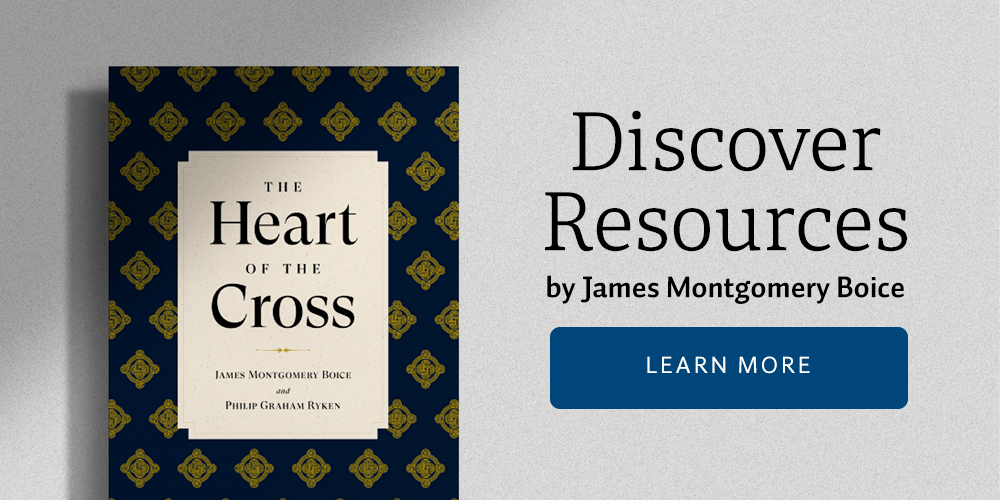Theme: The Historical Setting
In this week’s lessons we learn that when hard times come, we are to wait upon and praise the Lord with expectant hope.
Scripture: Psalm 79:1-13
It is hard to find perfect scholarly agreement on anything relating to the interpretation of the Bible, including the historical setting for Psalm 79. But the psalm describes the destruction of Jerusalem, the defiling of the temple and the slaughter of the people, and the most obvious historical setting for this is the period following the destruction of the city by the armies of Nebuchadnezzar in 587 B.C.
There are a few arguments to the contrary, which cause some scholars to date the psalm from the time of the Maccabees and to view the destruction as that caused by Antiochus Epiphanes. I reviewed some of these arguments in the earlier study of Psalm 74, because Psalm 74 seems to be about the same period of history and by the same writer. A comparison will show how similar the outlines of the two psalms are and even how many expressions are common to each. In this case the only points that have any real bearing on the matter of dating are the citations of Psalm 79:6, 7 in Jeremiah 10:25, and Psalm 79:3 in 1 Maccabees 7:16. Scholars who prefer the later dating argue that the psalm is quoting Jeremiah and that it must be contemporaneous with 1 Maccabees in order to refer to the same incidents.
Neither of those arguments holds up well. Jeremiah is in the habit of quoting earlier Scriptures, and in this case his citing of Psalm 79 follows after his citation of another verse from the Psalms, namely Psalm 6:1. Besides, the verse in Jeremiah sounds more like a quotation of an earlier source rather than the other way around. The psalm seems original.
As for the quotation of verse 3 in 1 Maccabees, it is significant that it is introduced by the formal expression, “according to the word that has been written,” which is the writer’s usual way of quoting Scripture. This probably means that the words must have been written far enough in the past to have been regarded as Scripture by the time of the Maccabees, which would place the psalm earlier than their age.1 In other words, it would refer to the destruction of the city by Nebuchadnezzar, and would have been used by 1 Maccabees only because the earlier destruction had become a pattern of all subsequent judgments on Jerusalem and its people.
The Jews seem to regard the psalm as describing the classic destruction of the city and temple by Nebuchadnezzar, because the psalm is recited at the Wailing Wall in Jerusalem on Friday afternoons even today, as well as being used in the liturgy for the Ninth of Ab, a fast day that commemorates the temple’s destruction.2
How should the psalm be outlined? A number of writers see it as having two parts: 1) an initial lament in verses 1-4, followed by 2) a prayer for God’s deliverance and for judgment on the people’s enemies in verses 5-13, some detaching verse 13 as a suitable postscript. The stanzas in the New International Version mark useful units, but verse 12 would be better attached to stanza three since it is part of the prayer that asks for God’s intervention.
1For a careful discussion of this evidence from the side of the later dating, see J.J. Stewart Perowne, Commentary on the Psalms, 2 vols. in 1 (Grand Rapids: Kregel, 1989), vol. 2, pp. 73-77. Maclaren also holds to this dating (Alexander Maclaren, The Psalms, vol. 2 [New York: A. C. Armstrong and Son, 1893], pp. 397, 398). In support of the earlier dating, that is, from the time of Nebuchadnezzar, see Marvin E. Tate, Word Biblical Commentary, vol. 20 (Dallas: Word, 1990), pp. 298, 299.
2See Marvin E. Tate, Word Biblical Commentary, vol. 20, p. 303.
Study Questions:
What historical event does this psalm describe?
What is the outline for this psalm?
Why is this psalm still recited today at the Wailing Wall in Jerusalem?
For Further Study: Dr. Boice’s classic studies on the Psalms combine careful analysis of the text, historical and theological explanations, as well as clear and pointed application. Order your copy of this three-volume paperback set, and receive 25% off the regular price.






